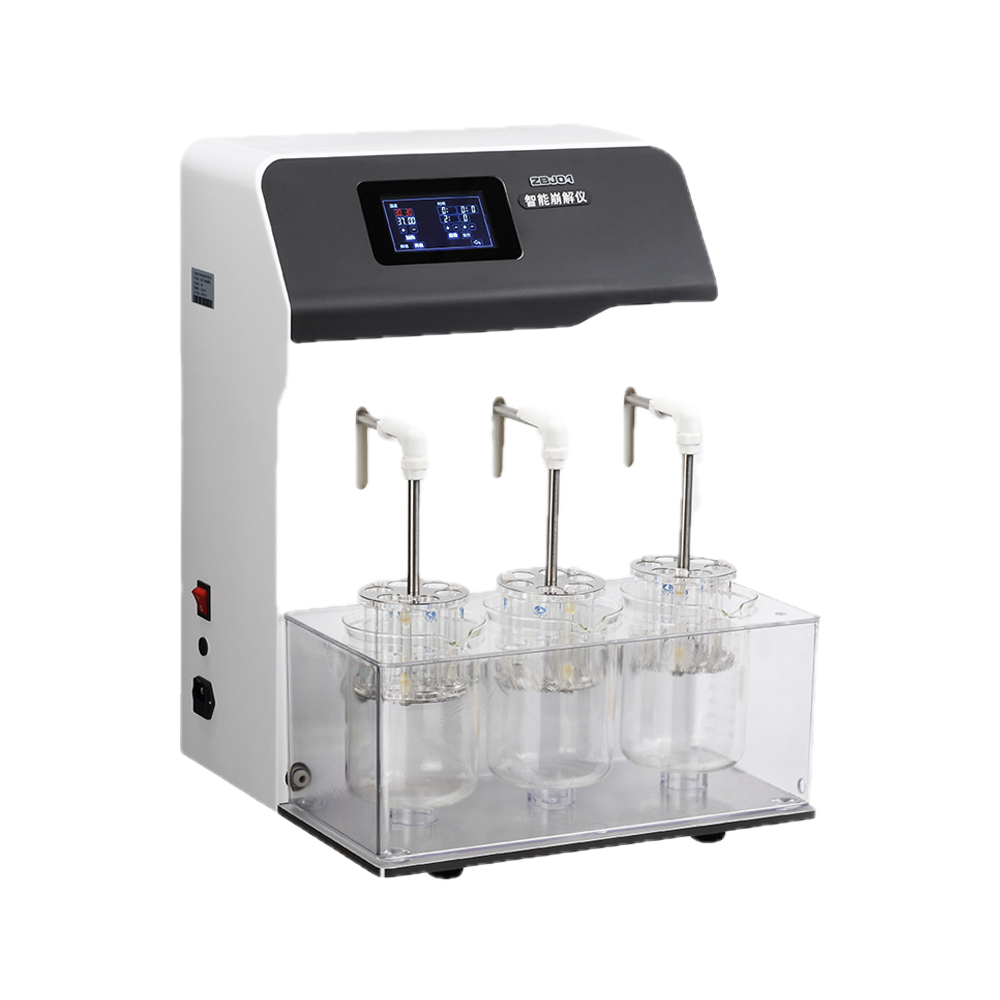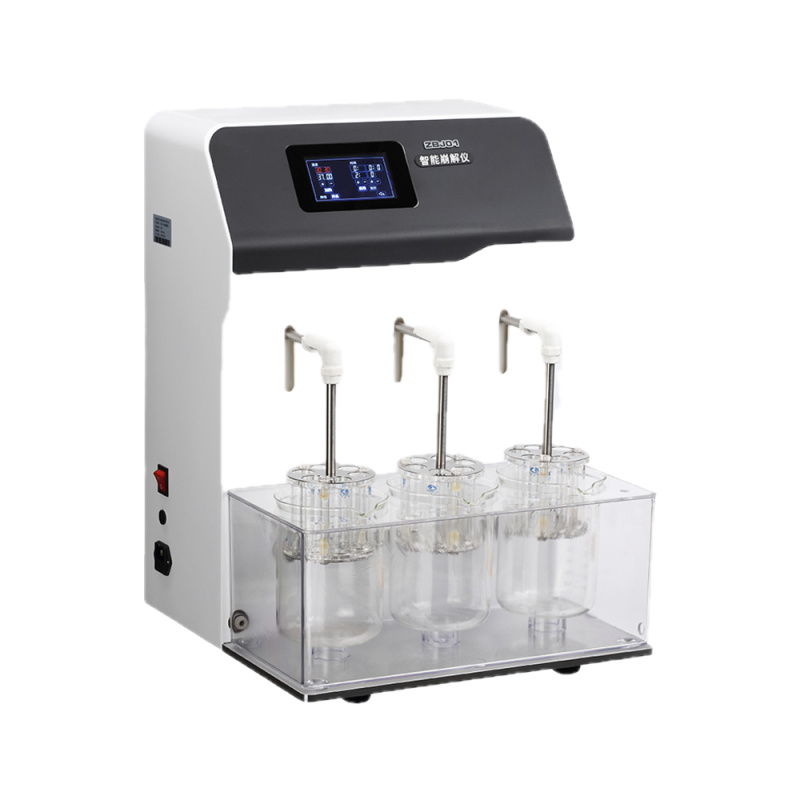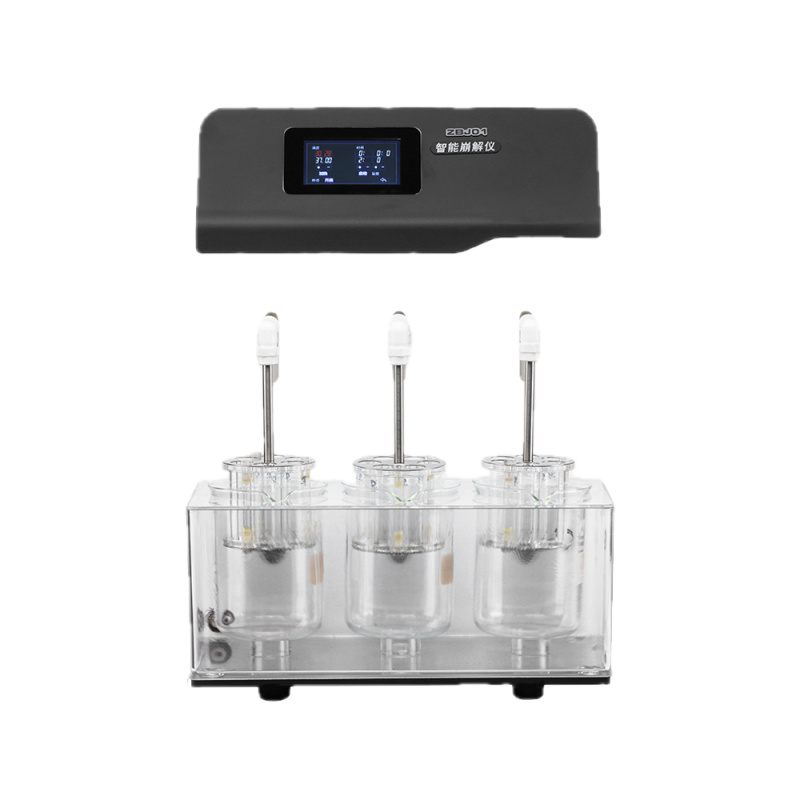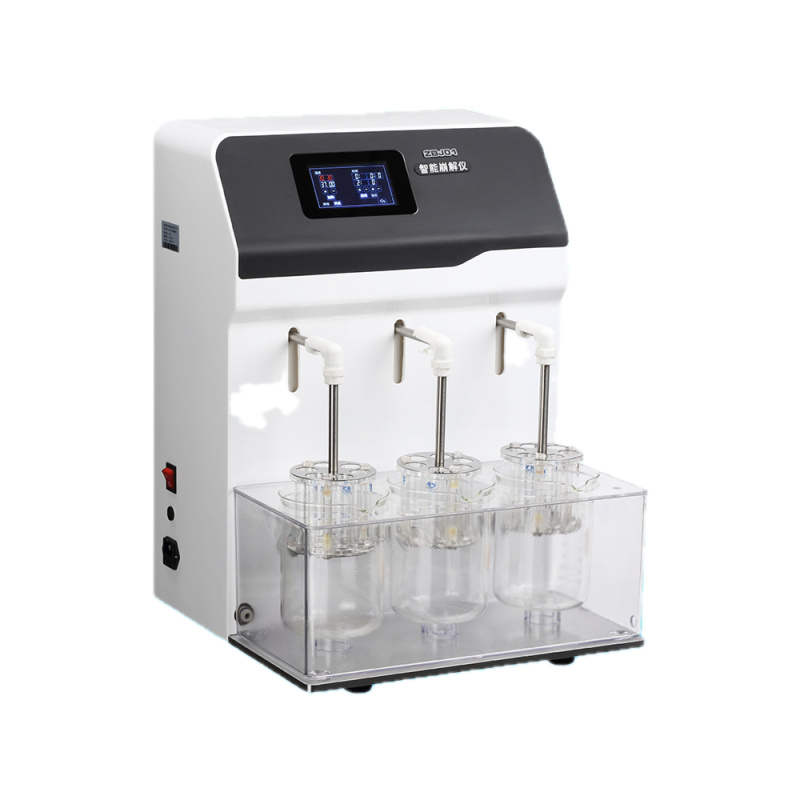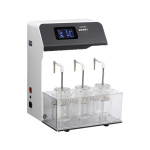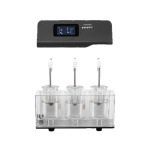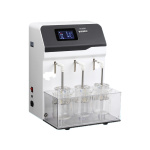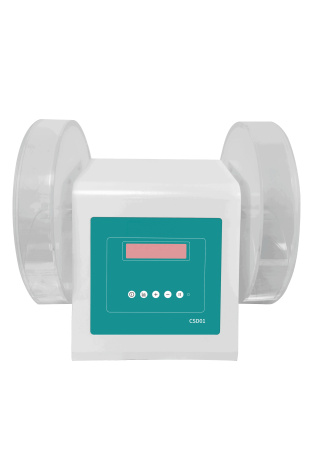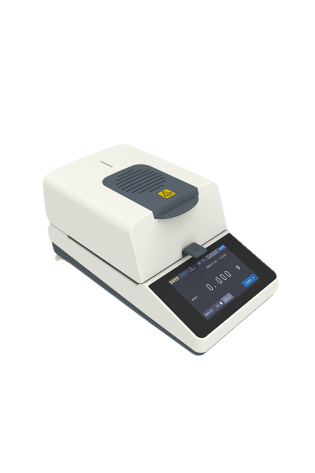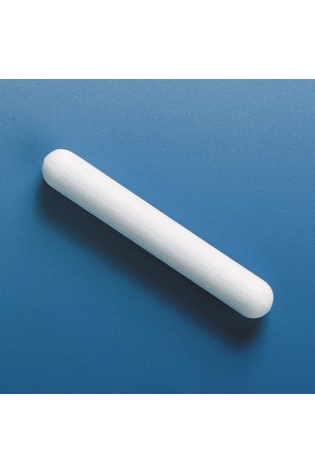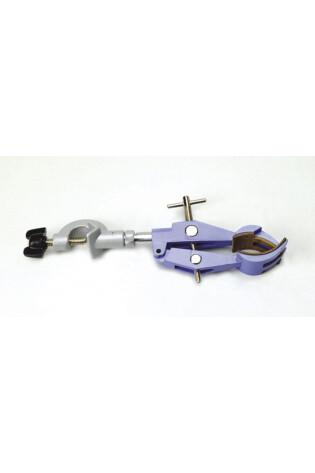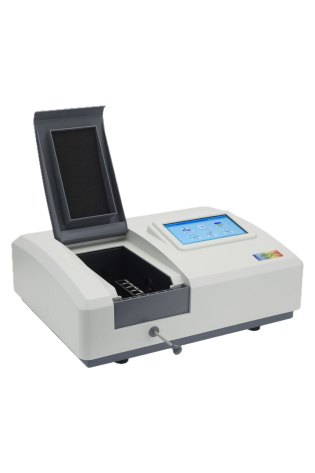- Function: Measures the force (hardness) needed to break a tablet.
- Purpose: Ensures tablets have the right hardness for durability, efficacy, and patient acceptance. Tablets that are too hard may not dissolve properly, while tablets that are too soft may break easily.
- Features: Some modern automated systems can simultaneously measure hardness, thickness, length/diameter, and width of multiple tablets.
-
Function:
Measures the time it takes for a tablet to disintegrate into smaller fragments in a liquid medium.
-
Purpose:
Assesses if a tablet will break down appropriately, allowing the active drug to be released for absorption in the body.
-
Features:
- Typically consists of a basket rack assembly with six glass tubes.
- The assembly moves the tablets up and down in a temperature-controlled liquid bath (simulating body temperature, often
37±2∘C
37±2∘𝐶
).
- The test is conducted with specified mediums, such as water, simulated gastric fluid, or simulated intestinal fluid.
- The apparatus has a motorised mechanism that moves the basket up and down at a set frequency and distanc
- Typically consists of a basket rack assembly with six glass tubes.
|
Model
|
DW-ZBJ01
|
|
Temperature range
|
Room temperature~45℃
|
|
Temperature Resolution
|
0.01℃
|
|
Number of hanging baskets
|
3 cups
|
|
Lifting frequency
|
30-32 times/min
|
|
Lifting distance
|
55mm±1mm
|
|
The distance between the bottom of the screen and the bottom of the cup
|
25mm±2mm
|
|
Mesh aperture
|
2mm, optional 1mm, 0.71mm, 0.42mm
|
|
Block density
|
1.18—1.20g/c ㎡
|
|
Number of users
|
7 users
|
|
User level
|
III
|
|
Record storage
|
96*366 days
|
Tablet Hardness Disintegration Apparatus
